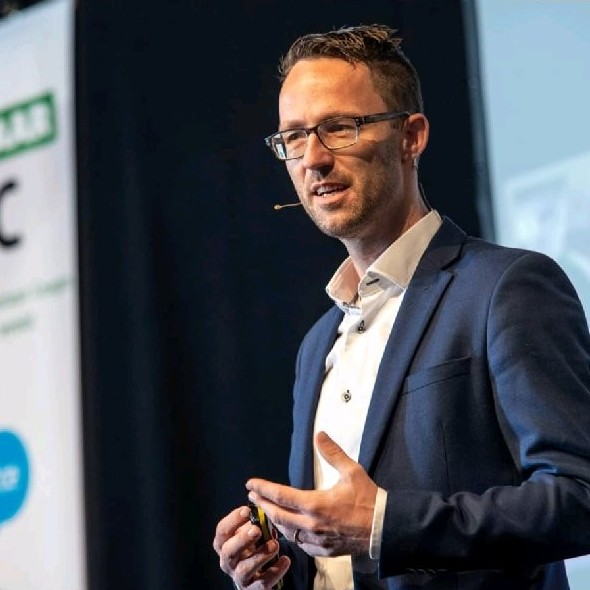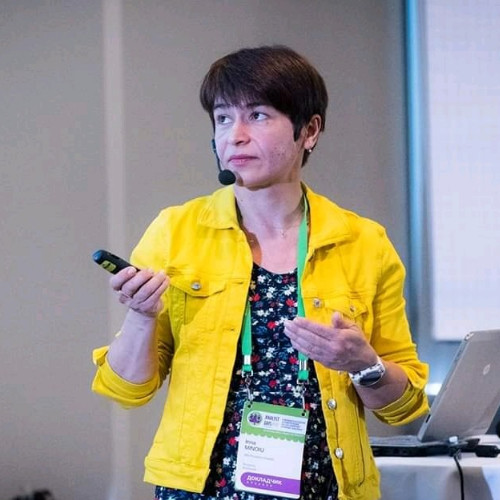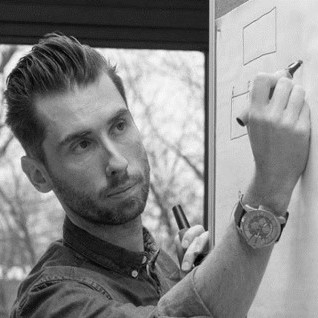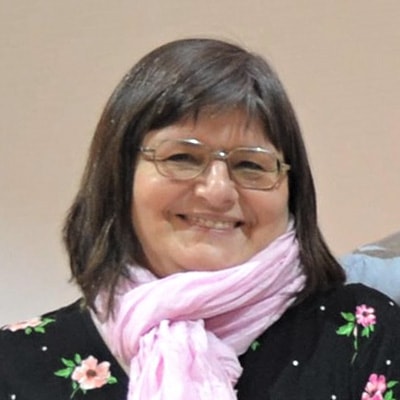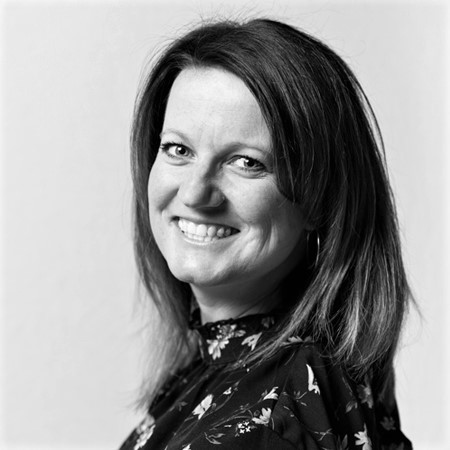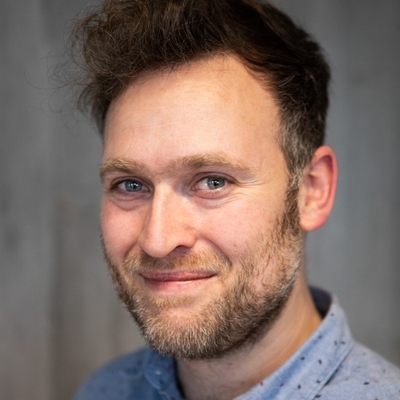The Process Perspective in Avoiding Packaged Software Disasters
×beyond processes
Packaged software implementations can deliver excellent, even transformational, results. Sometimes… not so much.
Our speaker has seen organisations spend $25M, $100M, $500M, and, in the most extreme case, over $3B on selecting and implementing purchased software that simply didn’t work, or worked so poorly the organisation was worse off than before.
When called in to help with these troubled projects, Alec finds the reasons leading to failure are surprisingly consistent, and always surprising to the organisation. Not understanding the end-to-end process(es) being supported is an extremely common factor. This presentation will present examples of process-based techniques that have resolved these difficulties, and techniques that have avoided them in the first place!
Even more surprising is the Number One reason for failure in purchased software implementations – be sure to attend this short, focused session to learn what that is!
Speaker

Alec Sharp
Senior Consultant
Clariteq Systems Consulting
Alec Sharp, a senior consultant with Clariteq Systems Consulting, has deep expertise in a rare combination of fields – business process analysis and redesign, strategy development, application requirements specification, and data modelling. His 35 years of hands-on consulting experience, practical approaches, and global reputation in model-driven methods have made him a sought-after resource in locations as diverse as Ireland, Illinois, and India. He is also a popular conference speaker, mixing content and insight with irreverence and humor. Among his many top-rated presentations are “The Lost Art of Conceptual Modeling,” “Modelling Failure,” “Getting Traction for ‘Process’ – What the Experts Forget,” and “Mind the Gap! – Integrating Process, Data, and Requirements Modeling.”
Alec wrote the book on business process modeling – he is the author of “Workflow Modeling: Tools for Process Improvement and Application Development – second edition.” Popular with process improvement professionals, business analysts, and consultants, it is consistently a top-selling title on business process modeling, and is widely used as an MBA textbook. The completely rewritten second edition was published in 2009, and has a “5 star” Amazon.com rating. Alec was also the sole recipient of DAMA’s 2010 Professional Achievement Award, a global award for contributions to the Data Management field.
Alec’s popular workshops on Working With Business Processes, Data Modeling (introductory and advanced,) Requirements Modeling (with Use Cases and Business Services,) and Essentials of Facilitation and are conducted at many of the world’s best-known organizations. His classes are practical, energetic, and fun, with a most common participant comment being “best course I’ve ever taken.”


